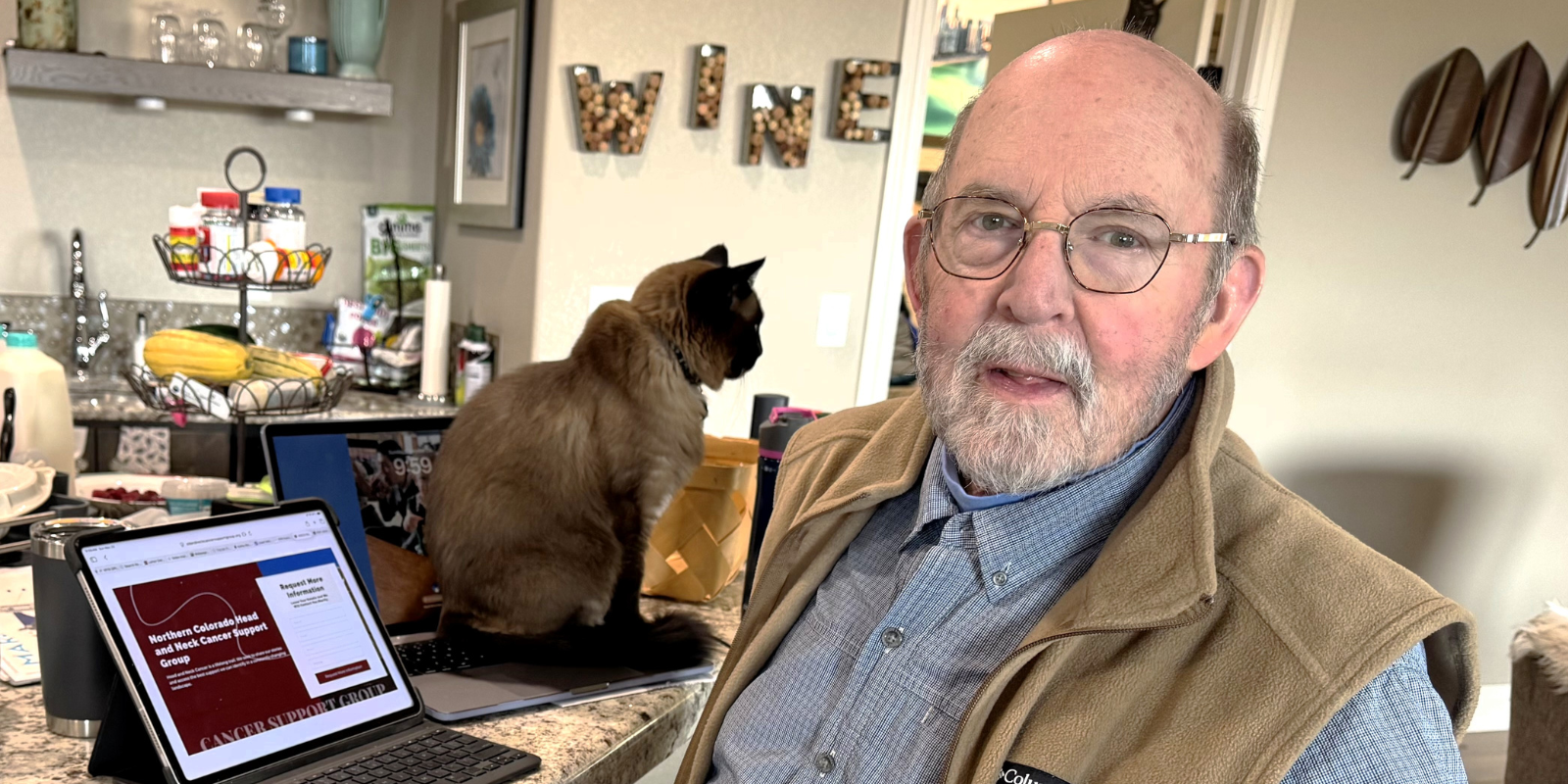How did you get involved in tobacco cessation research?
I started doing tobacco work as a fellow at Massachusetts General Hospital about 15 years ago. I wanted to do research on prevention, and I met up with a mentor who is an internationally recognized leader in tobacco cessation. When you work in tobacco, you get to start every paper with the statement that tobacco use is the leading preventable cause of death. There is so much significance in what you do if you're a tobacco cessation researcher.
What can you say generally about the relationship between tobacco and cancer?
Tobacco causes around one in five deaths in the U.S., even though our tobacco rates have dropped quite a bit from the 1950s, when half the population smoked. Now, in Colorado, it's just over 10%. In Colorado, it’s estimated that 24% of cancer deaths are attributable to smoking. Tobacco causes a myriad of cancers. Lung cancer is the leading cause of death attributable to tobacco, together with cardiovascular disease and chronic obstructive pulmonary disease, but in addition to that, tobacco is associated with many other cancers, including head and neck cancer, bladder cancer, pancreatic cancer, and lymphoma.
Are there certain populations in which smoking is more prevalent?
One of the things we say in the world of tobacco cessation is that cigarette consumption in the U.S. is both one of the greatest public health achievements — the massive decline from the 1950s, when the majority of the population was using tobacco, down to now a rate of around 10% — and one of the greatest public health failures, because that decline has been so inequitable. Some populations continue to smoke at rates that look like the general population around the 1950s and face disproportionate risks of tobacco-attributable disease. Those groups include people of low socioeconomic position, people who are uninsured or receiving Medicaid insurance, people living with HIV, people experiencing homelessness, people with mental health comorbidities, and people who also use other substances. In Colorado, there's a disproportionately high prevalence among Black residents, LGBTQ populations, and American Indian Alaska Native residents.
What are some of the barriers to getting people to quit using tobacco?
There are policy-level interventions to address things like prevalence and people beginning to use tobacco in the first place, and they can have meaningful impacts on cancer. Things like tobacco taxes — raising the price of cigarettes — can both deter people from starting to use tobacco and promote quitting, and that has measurable impacts on tobacco-related illnesses like cancer.
What about people who currently smoke? How do you support them?
We have a nice menu of evidence-based treatment options that are very safe and widely studied. We have years of evidence. The medications we are using now are the same medications we've had since the early 2000s, and they roughly double the chances of quitting. It’s important to make sure that people have access to those and know about them. There's an information gap in terms of people knowing what their treatment options are and what might work well for them.
What are the medications that are used to get people to stop using tobacco?
We have three classes of FDA-approved medications. Nicotine replacement therapies, such as the patch, provide a slow, steady dose of nicotine to reduce withdrawal symptoms, or nicotine gums or lozenges which provide more rapid nicotine delivery to help with cravings. Bupropion is a dopamine-norepinephrine reuptake inhibitor that reduces withdrawal symptoms and cravings. Varenicline is our most effective single pharmacotherapy. It has a dual mechanism of action — it binds to nicotine receptors so that when you do smoke, you get less reward from doing it. And by binding to those receptors, it reduces withdrawal symptoms. It's an agonist-antagonist combination that makes smoking less rewarding and also treats the withdrawal.
Are there other types of support besides medication?
There also are behavioral supports that are highly studied, highly effective, highly safe, and available to everybody for free through resources like the Colorado Quitline and text-messaging programs such as the National Cancer Institute’s SmokefreeTXT. The CU Cancer Center gives people free access to a smartphone app called 2Morrow Health, which uses a behavioral model called acceptance and commitment therapy to help people stop using tobacco. Pair those together with medications, and it gives people robust support to address tobacco use.
Of the amount of people who smoke, what percentage want to quit? Do most of them realize that it’s not good for their health?
In the U.S., most people realize it's an unhealthy habit. About two-thirds of them want to quit, and most people translate that into action. More than half of people who want to quit try to quit in a given year. That's been pretty steady over time. But of those people who try to quit, success rates are really low. And part of the reason for that is not enough people are linking that quit attempt with the evidence-based treatments that we have.
Does it matter at what age you stop using tobacco?
There's a classic study from the 1990s or early 2000s where they looked at what happens when you quit tobacco at different ages. If you quit under 35, your life expectancy looks roughly like that of somebody who's never smoked. If you quit at 45 to 55, you lose a couple of years of life expectancy, but on average, you get a lot of life years back. Even if you quit over 65, on average, people gain three years of life back. It's never too early, and it's never too late. The most benefit is when you quit early, but you still get benefit even if you're in your 60s or 70s.





